
In today’s digital age, the lines between different online platforms can often blur, making it challenging to categorize them neatly. One such platform that has sparked debate among users and experts alike is YouTube. Is it just a video-sharing website, or Does YouTube count as social media?
In this blog post, we’ll delve into the world of YouTube to explore its features and functions and how it fits into the broader social media landscape.
The Evolution of YouTube
YouTube, founded in 2005, began as a platform for users to upload and share videos. Its primary focus was on content creation and consumption. Over the years, YouTube has transformed significantly into a vast ecosystem catering to diverse content creators and audiences. To understand whether YouTube qualifies as social media, we must examine its core functionalities and interactions.
So, let’s explore Whether YouTube counts as social media.
What Is Social Media?
Social media refers to a collection of digital platforms and technologies that enable users to create, share, and interact with content and connect with others online. These platforms serve as virtual spaces where individuals and organizations can share information, engage in discussions, and build online communities.
Social media encompasses various websites and applications facilitating online communication, from text-based messages and image sharing to video content and real-time interactions. It has become an integral part of modern life, influencing how we connect, communicate, and consume information in the digital age.
Essential Characteristics Of Social Media

To determine if YouTube qualifies as a social media platform, let’s consider some fundamental characteristics that define social media:
- User Profiles: Most social media platforms provide users with customizable profiles where they can share information about themselves. On YouTube, users have channels that serve as their profiles. These channels can include a profile picture, a channel description, and links to social media accounts, fulfilling the user profile requirement.
- Content Sharing: Social media platforms allow users to share various types of content, such as text posts, images, videos, and links. YouTube primarily revolves around video content but offers options for sharing links, text-based descriptions, and comments.
- Interactions: Interaction is a crucial element of social media. Users can engage with content by liking, commenting, sharing, and subscribing. YouTube offers all these features, allowing viewers to like, comment on, share, and subscribe to channels.
- Community Building: Social media platforms foster communities around shared interests or niches. YouTube facilitates the creation of communities through channel subscriptions and the development of niche content and fan bases.
- Messaging: Many social media platforms include direct messaging or private chat features. While YouTube doesn’t emphasize messaging, it does allow users to send private messages and interact via comments.
Does YouTube Count As Social Media?
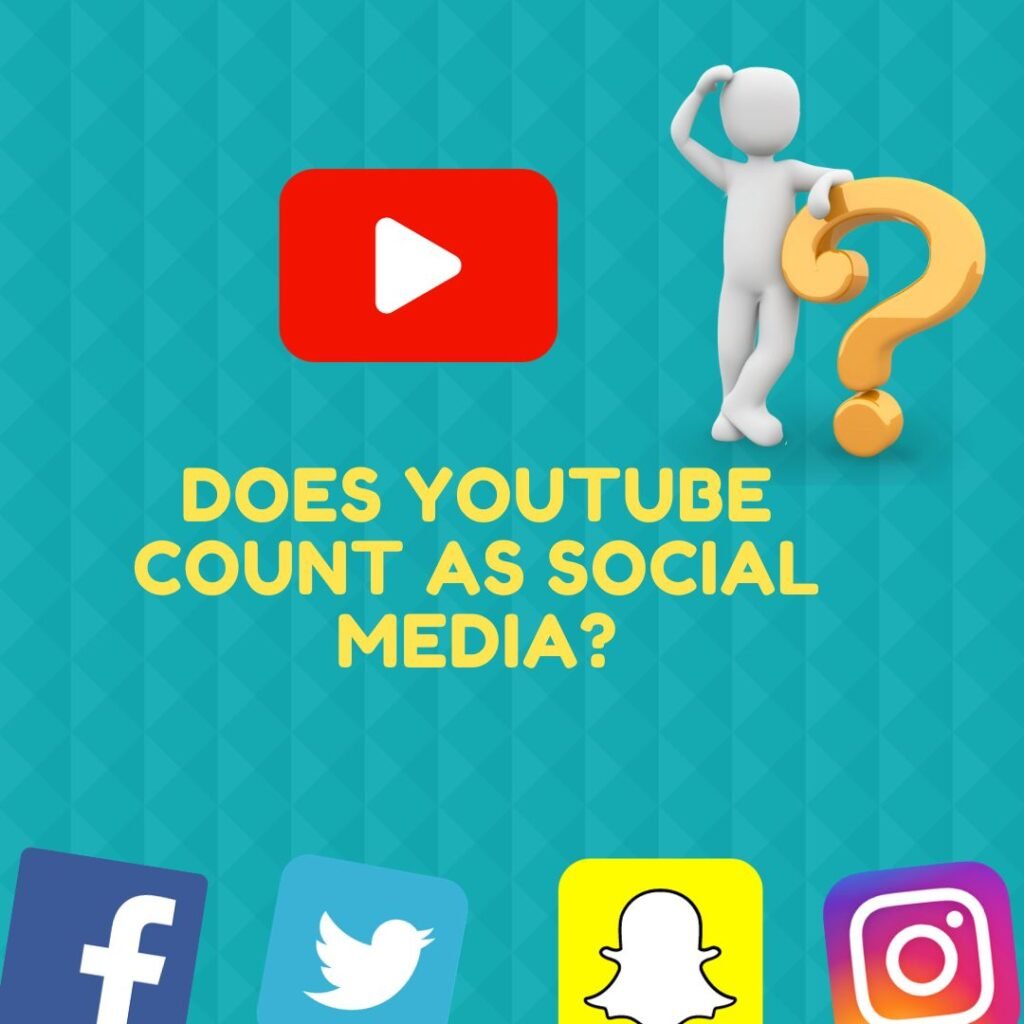
Yes, YouTube can be considered a form of social media. While it primarily serves as a video-sharing platform.
Now that we’ve identified the key characteristics of social media let’s explore how YouTube aligns with these features:
- User Profiles:
- YouTube provides users with channels where they can personalize their profiles by adding profile pictures, channel banners, and descriptions.
- Users can also include links to their social media accounts, creating a bridge between YouTube and other social networks.
- Content Sharing:
- YouTube primarily revolves around video content, but users can also share text-based descriptions, links, and even live streams.
- The platform supports various content, from vlogs and tutorials to music videos and documentaries.
- Interactions:
- Viewers can engage with content by liking, disliking, commenting, sharing, and subscribing to channels.
- The comment section under videos allows for discussions and interactions among users.
- Community Building:
- YouTube fosters communities around specific interests or content niches.
- Channels often have dedicated fan bases, and content creators interact with their viewers through comments, live chats, and social media.
- Messaging:
- While YouTube does offer a messaging feature for sending private messages, it’s less central than on other social platforms like Facebook or Twitter.
- Users can still communicate and interact through comments and live chats during premieres and live streams.
The Influence Of YouTube
Another factor to consider when determining Whether YouTube counts as social media is its impact on society. YouTube has played a significant role in shaping culture, politics, and entertainment. It has spawned countless influencers, activists, and content creators who use the platform to reach and engage with audiences globally.
Moreover, YouTube’s algorithm-driven recommendations can introduce users to new content and communities, contributing to the platform’s social aspects.
YouTube vs. Other Social Media Platforms
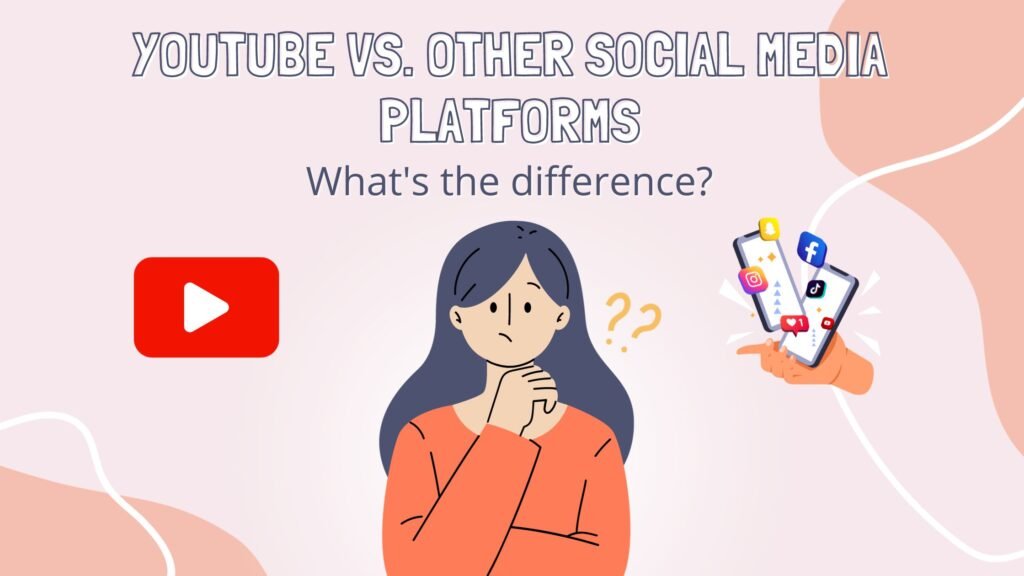
In the ever-evolving landscape of online platforms, YouTube stands out as a video-sharing giant, but how does it compare to other social media platforms?
Let’s explore the differences between YouTube and some of the most popular social media platforms.
YouTube:
- Content Focus: Primarily video-based content with a focus on long-form videos.
- Interaction: Users engage through likes, comments, shares, and subscriptions.
- Community Building: Emphasizes channel subscriptions and niche content communities.
Other Social Media Platforms (e.g., Facebook, Twitter, Instagram):
- Content Format: Support various content types, including text, images, videos, and live streams.
- Interaction: Users can engage with content through likes, comments, shares, and direct messaging.
- Content-Length: Tends to feature shorter-form content.
These distinctions highlight that while YouTube shares some social media characteristics, its primary focus on video content and community building through channel subscriptions sets it apart from other social media platforms that offer a broader range of content formats and shorter-form content.
Conclusion
After thoroughly examining YouTube’s features and functions, it’s clear that YouTube possesses many of the critical characteristics of social media platforms. While it may not offer a traditional messaging system like other platforms, it excels in user profiles, content sharing, interactions, and community building.
Ultimately, the distinction between social media and other online platforms is becoming increasingly blurred in the digital age. YouTube’s role as a content-sharing platform and a space for social interaction highlights its significance in social media.
Therefore, YouTube can be considered a social media platform, albeit with its unique focus on video content and communities. Whether you view YouTube as social media or not, there’s no denying its profound impact on how we consume and engage with online content.
Thanks For Reading:)




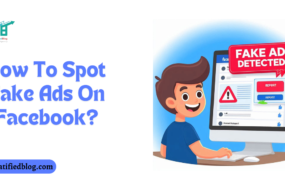
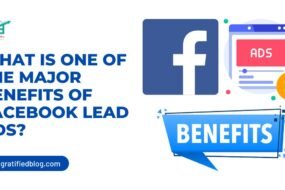

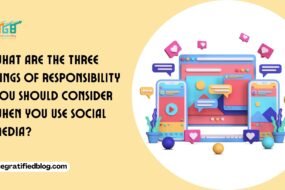
No Comments